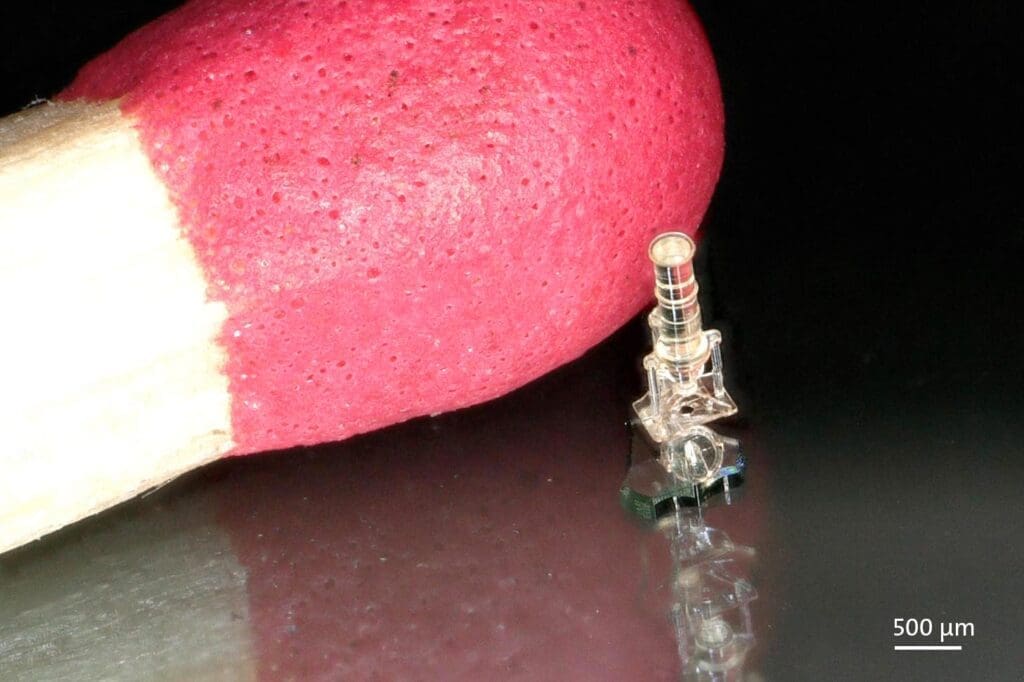Optical engineering, a field dedicated to the development and application of optical systems and devices, is embracing the transformative capabilities of 3D printing technology. From lenses and mirrors to complex optical assemblies used in cameras, telescopes, and sensors, 3D printing is offering unprecedented opportunities for innovation in design, prototyping, and production. This technology enables the rapid creation of intricate optical components with precise geometries, which is often challenging and costly with traditional manufacturing methods.
The Emergence of 3D Printing in Optical Engineering
Initially used for prototyping in various industrial sectors, 3D printing has grown to include the direct production of functional parts, including those in optical engineering. Advances in printing technology have expanded the range of materials suitable for optical applications, including transparent and optically active polymers. As a result, 3D printing is now being used to produce not only structural components of optical systems but also elements that directly interact with light, such as lenses and waveguides.

Advantages of 3D Printing in Optical Engineering
Complex Geometries and Miniaturization: 3D printing allows optical engineers to create components with complex shapes that are often impossible to fabricate with conventional methods. This capability is particularly beneficial for developing miniature optical devices where integration of multiple functions into small spaces is crucial.
Rapid Prototyping and Iterative Design: The ability to quickly produce prototypes that can be tested and refined offers significant advantages in the development cycle of optical devices. Optical engineers can experiment with different designs and material combinations, significantly reducing the time from concept to final product.
Customization and Flexibility: 3D printing facilitates the customization of optical components for specific applications without the need for expensive molds or setups. This is especially valuable in fields such as biomedical imaging or aerospace, where tailored solutions are often required.
Cost Efficiency: By reducing material waste and eliminating the need for multiple fabrication steps and specialized tooling, 3D printing can lower production costs, particularly for complex or low-volume optical components.
Key Applications of 3D Printing in Optical Engineering
Lenses and Prisms: 3D printing is used to produce lenses and prisms with custom shapes and optical properties. These components are essential in a wide range of applications, including microscopy, photography, and laser systems.
Optical Fibers and Waveguides: Advances in 3D printing technologies enable the fabrication of optical fibers and waveguides that guide light with high precision. These are crucial for telecommunications and medical devices like endoscopes.
Photonic Devices: 3D printing allows for the integration of photonic structures into devices at a microscale, supporting the development of advanced technologies such as integrated photonics and optoelectronics.
Telescope and Camera Components: Optical engineers use 3D printing to create complex components for telescopes and cameras, including mounts, mirror holders, and housing for optical elements. These parts often require precise tolerances and alignments that are readily achievable with 3D printing.

Challenges in 3D Printing for Optical Engineering
Despite its numerous benefits, 3D printing faces specific challenges in the field of optical engineering:
Material Transparency and Surface Finish: Achieving high optical quality in 3D-printed transparent materials is challenging. The surface finish and internal clarity of printed optical components often require post-processing to reach the necessary standards for high-performance optical applications.
Refractive Index Control: Controlling the refractive index of 3D-printed materials is crucial for their use in lenses and other refractive components. Current material limitations sometimes prevent the full exploitation of 3D printing in optical design.
Precision and Reproducibility: Optical components require extremely high precision and consistency, which can be difficult to achieve in 3D printing. Improvements in printer resolution and reliability are needed to meet the stringent requirements of optical engineering.
Future Directions in 3D Printing for Optical Engineering
The future of 3D printing in optical engineering is promising, with ongoing advancements in printer technologies and materials expected to overcome existing challenges. Researchers are focusing on developing new optical-grade materials that offer better clarity, higher refractive index options, and improved durability. Furthermore, as printing technology continues to evolve, the precision and speed of 3D printing are likely to increase, making it even more suitable for optical applications.
3D printing is set to revolutionize optical engineering by providing innovative solutions for the design and manufacture of optical components. As the technology continues to develop, it promises to enhance the capabilities and efficiency of optical systems, leading to advancements in fields ranging from healthcare to telecommunications. Embracing 3D printing in optical engineering not only facilitates rapid development and greater customization but also opens new avenues for technological advancement and creative design in optics.








